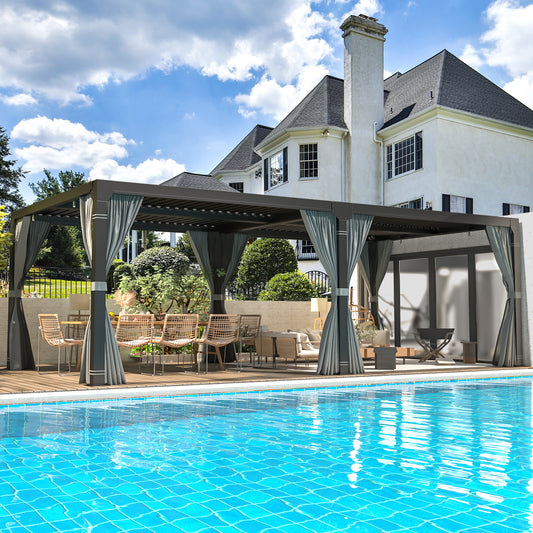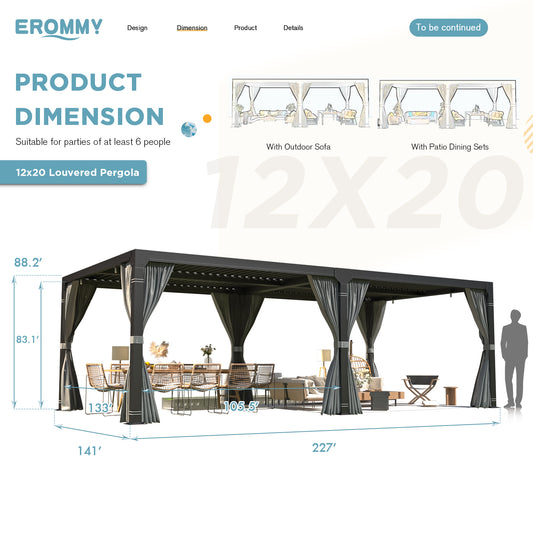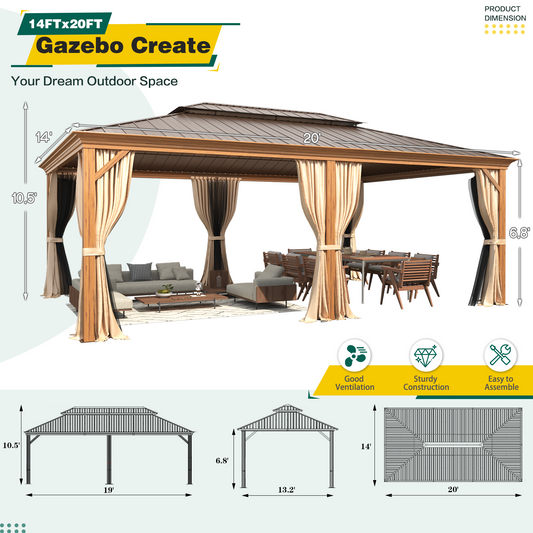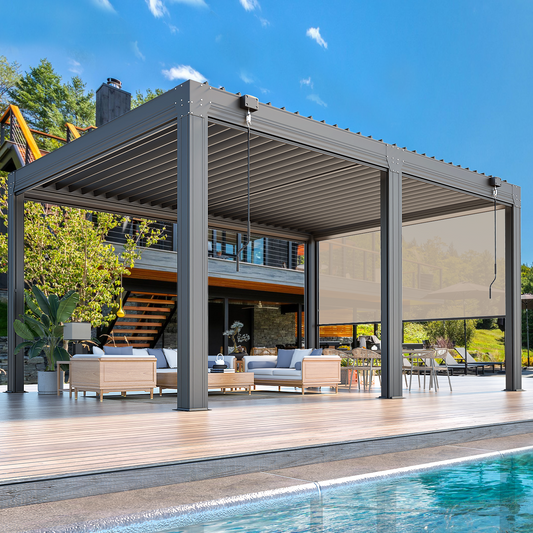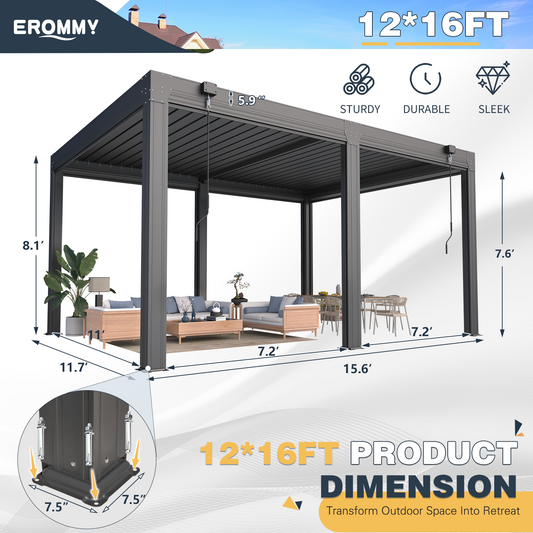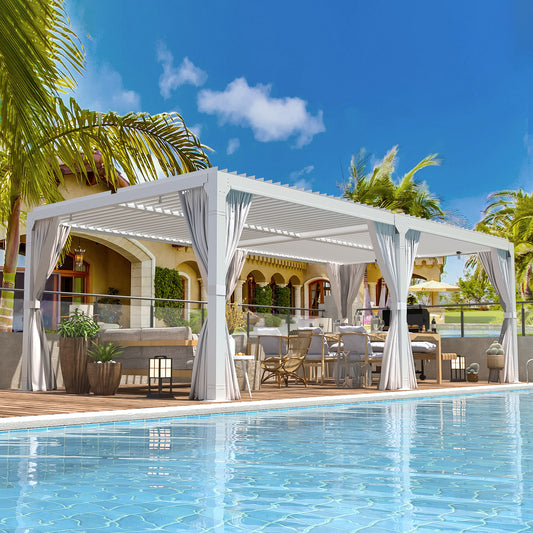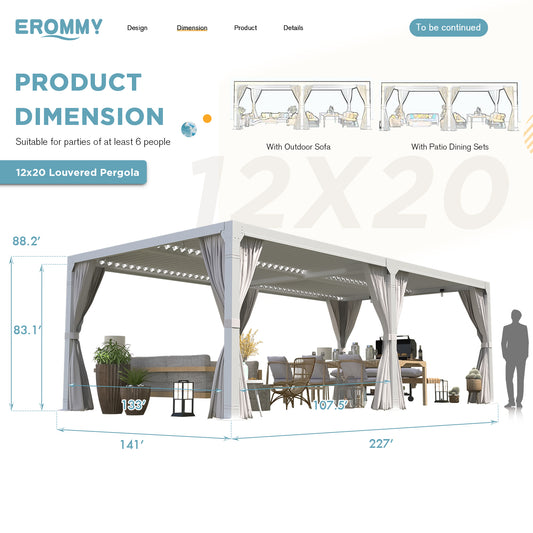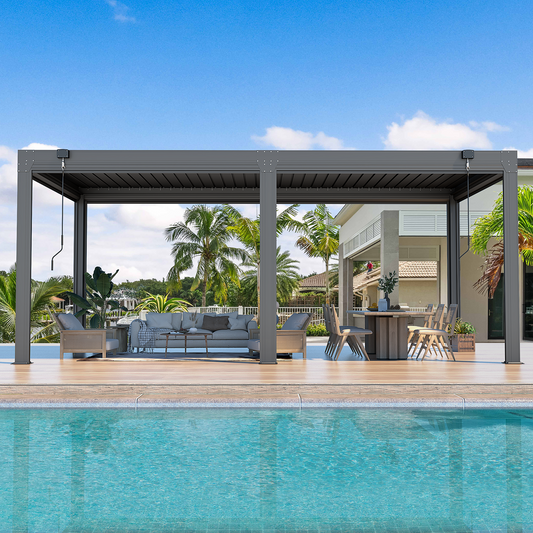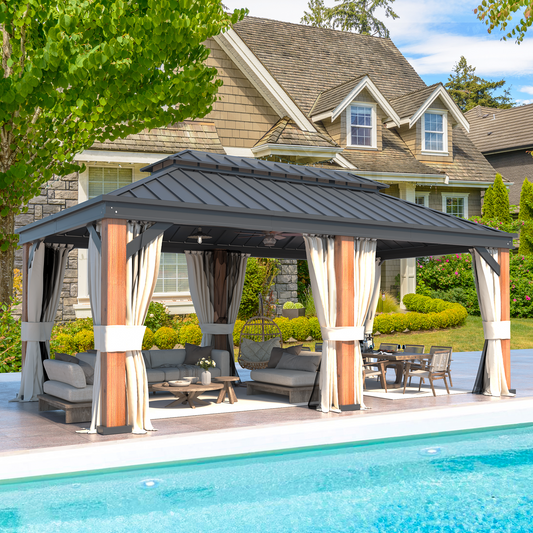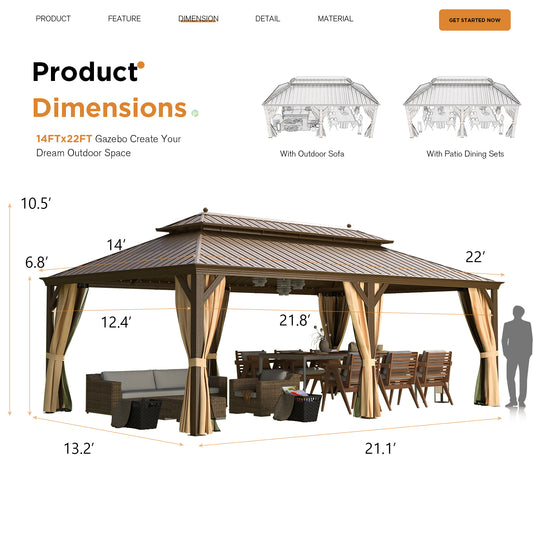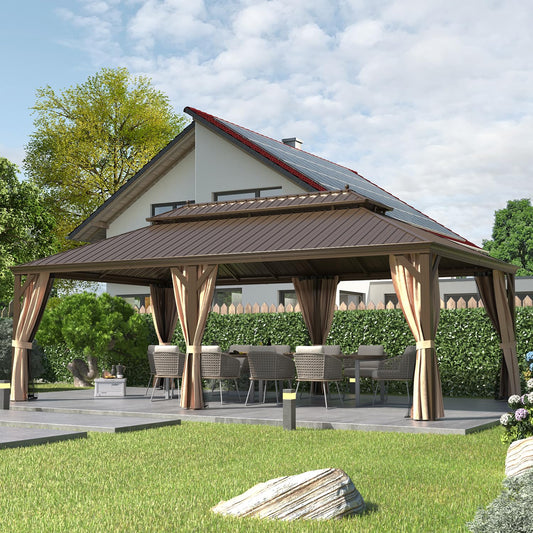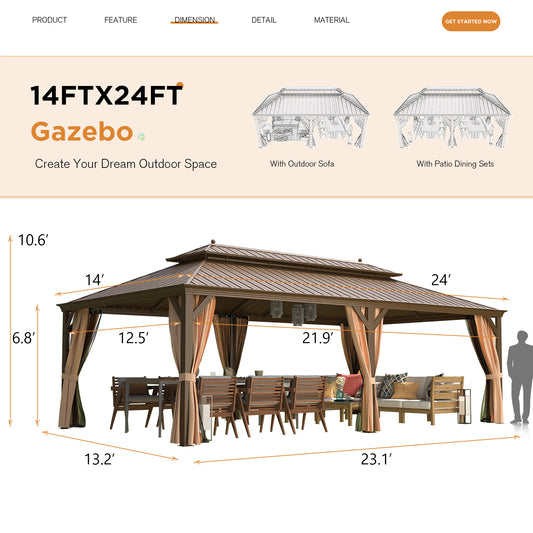How to Build a DIY Greenhouse: What to and Not to Do
A greenhouse, in general terms, is not only the dream of every gardener but also adds a lot of value to your home and helps you develop a greater appreciation for mother nature.
Having said that, there are a lot of factors that need to be taken into consideration before choosing the greenhouse that’s right for you.
Local Ordinances
First of, make sure you're qualified to build a greenhouse on your property by checking with your town's building department. Since greenhouses are commonly considered outbuildings, you'll need to get a building permit.
In addition, if you live in a neighborhood with a homeowner's association (HOA), you’ll have to get approval from them.
Orientation of the Sun
In order to catch the early morning sun, the greenhouse should be facing south or southeast. In most climates, an east-facing orientation tends to be advantageous.
Pick a spot that gets at least six hours of direct sunlight every day. If you live in an area where snowfall is normal, make sure the greenhouse's snow-load rating can withstand a blanket of snow without collapsing.
Glazing Options
The most common greenhouse glazing material is glass. However, since glass is a heavy, delicate, and costly material, most DIY greenhouses use polycarbonate, acrylic, fiberglass, or polyethylene sheeting as a glazing material.
Polycarbonate, acrylic, and fiberglass panels are tough, strong insulators, and transmit light fairly well.
Frame Materials
Wood or metal are used for the frames of most greenhouses. Wood is more affordable, simpler to deal with and ideal for small to medium-sized greenhouses. Metal is more durable and weather resistant than wood, but it is also more costly.
Floor Materials
A greenhouse's floor can be made of a variety of materials, such as gravel, wood decking, flagstone, metal grates, poured concrete, or just plain dirt.
Concrete is very long-lasting, but it is costly to pour and does not drain very well. A gravel floor is low-cost, drains well, and can be easily resurfaced by simply adding more gravel.
Temperature Regulation
Use operable windows, rooftop vents, or exhaust fans to vent hot air. Often, shade cloths to keep the sun at bay.
Install an electric heater with a thermostatically powered fan to keep your greenhouse warm when the weather turns cold and using passive solar systems can help keep the cold at bay in mild climates.
